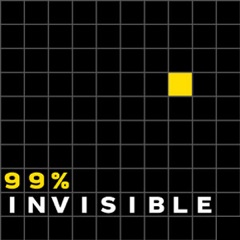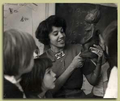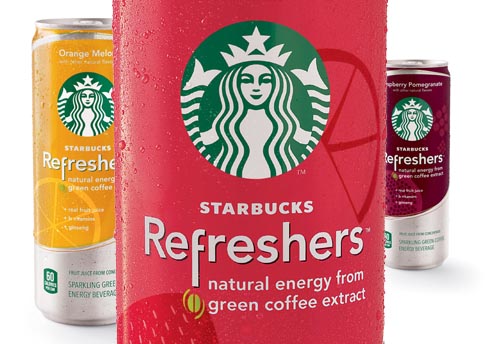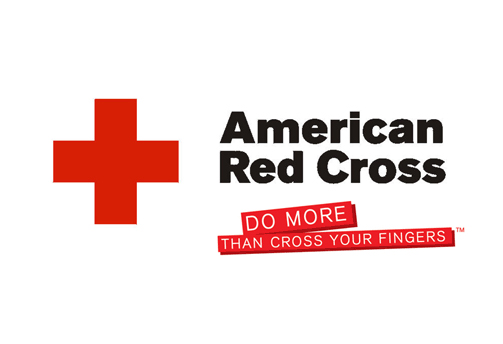99% Invisible #109- Title TK (Standard 4:30)
From Roman Mars | Part of the 99% Invisible (Standard Length) series | 04:29
The business of naming businesses.
- Playing
- 99% Invisible #109- Title TK (Standard 4:30)
- From
- Roman Mars



A Hundred Monkeys: Namesake; By any other name; Call it like it is; Name dropping
Music: “The Clockwork Maid”-The Clockwork Dolls; “Keetley”- Ok Ikumi; “Wonder Happens”- Podington Bear; “A Mobile Over Your Bed”- Lullatone; “Cat on the Fence”- Felix Laban; “Filtered Light”- Ok Ikumi; “Stars on the Ceiling of a Planetarium” – Lullatone; “Morning Talk”-Arcade Fire; “Supersymmetry”-Arcade Fire; “Little Fury” – The Breeders
99% Invisible #109- Title TK (Standard 4:30)
From Roman Mars | Part of the 99% Invisible (Standard Length) series | 04:29
The business of naming businesses.
- Playing
- 99% Invisible #109- Title TK (Standard 4:30)
- From
- Roman Mars



A Hundred Monkeys: Namesake; By any other name; Call it like it is; Name dropping
Music: “The Clockwork Maid”-The Clockwork Dolls; “Keetley”- Ok Ikumi; “Wonder Happens”- Podington Bear; “A Mobile Over Your Bed”- Lullatone; “Cat on the Fence”- Felix Laban; “Filtered Light”- Ok Ikumi; “Stars on the Ceiling of a Planetarium” – Lullatone; “Morning Talk”-Arcade Fire; “Supersymmetry”-Arcade Fire; “Little Fury” – The Breeders
The Moon in the Sun
From Nate DiMeo | Part of the the memory palace series | 05:23
In which we learn of a series of articles that appeared in the New York Sun in 1835 that purported to tell a true account of recent discoveries of fantastic wildlife on the moon. SPOILER ALERT: it's a hoax. Sorry to ruin the surprise.
- Playing
- The Moon in the Sun
- From
- Nate DiMeo

Mom Prom
From Homefront Chronicles | Part of the Homefront Chronicles series | 05:28
Once you’re a mom, does your vision of the ultimate night out become different from before?
- Playing
- Mom Prom
- From
- Homefront Chronicles

Myla Rugge realized shortly after becoming a mother for the first time that something was missing for she and her friends. She took matters into her own hands and created one of the first events of its kind in the US. A prom just for moms.
99% Invisible #102- Icon For Access (Standard 4:30 version)
From Roman Mars | Part of the 99% Invisible (Standard Length) series | 04:29
When a universal symbol does not universally apply.

First Desegregated School in Virginia
From Vicki Hayes | 05:48
Burgundy Farm School was desegregated 4 years before Brown v. Board
- Playing
- First Desegregated School in Virginia
- From
- Vicki Hayes
 Burgundy Farm Country Day School, an independent elementary school in Alexandria, Virginia, was desegregated 4 years before Brown v. Board of Education. This story talks with the first black teacher and student, and with white students and their parents.
education, black history, desegregation, integration, school, virginia
Burgundy Farm Country Day School, an independent elementary school in Alexandria, Virginia, was desegregated 4 years before Brown v. Board of Education. This story talks with the first black teacher and student, and with white students and their parents.
education, black history, desegregation, integration, school, virginia
Welsh Renaissance
From Homelands Productions | Part of the Worlds of Difference series | 04:01
Languages around the world are disappearing at an unprecedented rate. But Welsh is making a comeback, and children are leading the way. Jon Miller documents one family?s efforts to learn their native tongue.
- Playing
- Welsh Renaissance
- From
- Homelands Productions
 By the middle of the 20th century, the Welsh national language (known as Cymraeg, related to Cornish and Breton) appeared to be dying. Everything from road signs to traffic tickets were written in English. Students were punished for speaking Welsh in school, and the mass media flooded the country with English pop culture. Linguists assumed that Welsh would go the way of Gaelic in Scotland and Ireland?the focus of much nationalist rhetoric, but spoken on a daily basis only in the poorest and most isolated areas.
Today the revival of Welsh is shaping up to be one of the world's most impressive linguistic success stories. Census figures show, for the first time, an increase in Welsh speakers both in real numbers and as a percentage of the population. The rise is especially marked among the young, and in traditionally English-speaking areas in the south and east.
"We can now say, hand on heart, that the language is in the ownership of people throughout Wales," says John Walter Jones, former director of the Welsh Language Board. "It is not something that is being ghettoized and left in a corner. It is there throughout society."
But relearning a language is never easy. In this unnarrated feature, we spend an afternoon with the Steel family of southern Wales. The daughter is in Welsh immersion school, the mother is trying gamely to keep up, and the father isn't sure it's worth the effort.
By the middle of the 20th century, the Welsh national language (known as Cymraeg, related to Cornish and Breton) appeared to be dying. Everything from road signs to traffic tickets were written in English. Students were punished for speaking Welsh in school, and the mass media flooded the country with English pop culture. Linguists assumed that Welsh would go the way of Gaelic in Scotland and Ireland?the focus of much nationalist rhetoric, but spoken on a daily basis only in the poorest and most isolated areas.
Today the revival of Welsh is shaping up to be one of the world's most impressive linguistic success stories. Census figures show, for the first time, an increase in Welsh speakers both in real numbers and as a percentage of the population. The rise is especially marked among the young, and in traditionally English-speaking areas in the south and east.
"We can now say, hand on heart, that the language is in the ownership of people throughout Wales," says John Walter Jones, former director of the Welsh Language Board. "It is not something that is being ghettoized and left in a corner. It is there throughout society."
But relearning a language is never easy. In this unnarrated feature, we spend an afternoon with the Steel family of southern Wales. The daughter is in Welsh immersion school, the mother is trying gamely to keep up, and the father isn't sure it's worth the effort.








